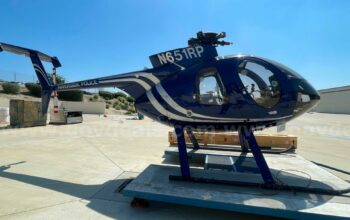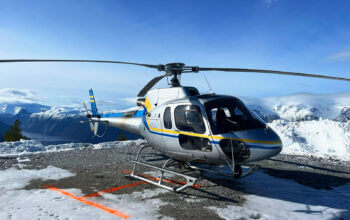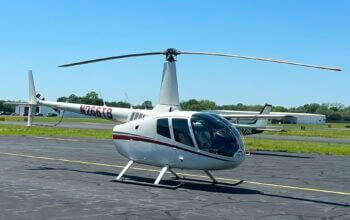August 3rd marks an important milestone in the evolution of American agriculture. On that date one hundred years ago, researchers desperate for a way to prevent sphinx moth caterpillars from ravaging the valuable Catalpa tree crop came up with a novel approach– What if the caterpillars could be controlled with insecticide dust dropped from an airplane?

Far-fetched as it was in 1921, when aviation was still in its infancy, the idea worked. In an experimental flight conceived by the Ohio Department of Agriculture, U.S. Army test pilot, Lt. John Macready, applied insecticide dust from a World War I surplus biplane over a Troy, Ohio Catalpa grove. The insect pests were successfully dispatched; the trees grown for use as telegraph poles and fenceposts were saved; and a practice now vital to crop production, wildfire-fighting and mosquito control was born.
“The last century has brought remarkable innovation and technological advancement in agricultural production as a whole,” notes Andrew Moore, CEO of the National Agricultural Aviation Association (NAAA). “And no segment of agriculture exemplifies that progress more than aerial application.”
The first recorded aerial application flight a century ago was just the precursor of what was to come. Macready’s lightweight, underpowered aircraft has evolved to the 1200 horsepower, turbine engine planes and high-performance helicopters that today treat more than 127 million acres of U.S. cropland each year. And the hand-cranked application device used in the 1921 flight has given way to the high-tech spray equipment, GPS systems and on-board data analytics capabilities that make possible the precision crop protection required on the farm today.
“Farming in the 21st century is a complex balance of maximizing yields while preserving sustainability,” Moore says. “Aerial applicators’ efficiency and ability to apply fertilizer or attack pests at just the right time play a key role in helping farmers meet those demands.”
He adds, “Along with its essential place in agriculture, aerial application has become an important tool in wildfire fighting, as well as in public health for mosquito control. It’s a safe bet that what began as an experiment in 1921 will continue to offer solutions to other challenges in the coming decades, like climate change and the increasing demand for food.”
This press release was prepared and distributed by the National Agricultural Aviation Association.









